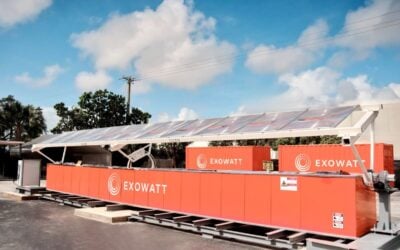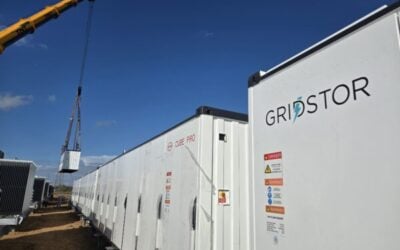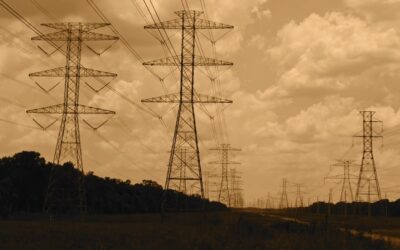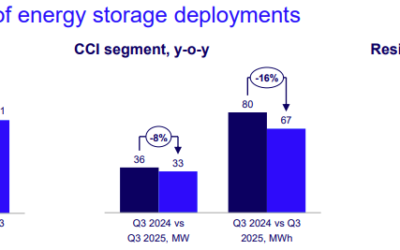
The US Internal Revenue Service (IRS) has revealed how smaller and tax-exempt organisations can take advantage of clean energy investment tax credits (ITC), with guidance on direct pay and transferability.
Last week the US Department of Treasury and IRS released updated guidance on tax credits included in the Inflation Reduction Act (IRA), specifically how state and local governments, nonprofits and other entities can benefit from the renewable energy tax breaks.
The two headline announcements are provisions for ‘elective pay’ (or ‘direct pay’) and ‘transferability’, both of which are credit delivery mechanisms intended to broaden the scope of eligible recipients under the IRA.
They are the final two aspects of the new tax credit incentives effective in January that the industry has been waiting for clarity on. The new tax credit options include an investment tax credit (ITC) for standalone energy storage, having previously only applied to generation units and their co-located storage.
Try Premium for just $1
- Full premium access for the first month at only $1
- Converts to an annual rate after 30 days unless cancelled
- Cancel anytime during the trial period
Premium Benefits
- Expert industry analysis and interviews
- Digital access to PV Tech Power journal
- Exclusive event discounts
Or get the full Premium subscription right away
Or continue reading this article for free
Under the elective pay proposal, tax-exempt and government entities are eligible to receive up to 12 payments direct from the IRS for the clean energy tax credits – including the ITC and Production Tax Credit (PTC) for generation included in the IRA – to go towards their clean energy projects.
The Treasury said this provision will allow State, Local and Tribal governments, US territories and large non-profits greater access to renewable energy deployment. By their tax-exempt nature they were previously unable to take advantage of the tax-based incentives.
Some industry figureheads believe that elective pay, sometimes called direct pay, will make tax-exempt entities the largest type of owner of renewable energy assets in the US.
Transferability will allow smaller entities, or any without sufficient tax liability to reap the benefits of IRA credits, to transfer all or part of 11 tax credits to a third party in exchange for immediate, tax-free funds.
The Treasury’s full guidance included legal and eligibility requirements for businesses and government organisations.
“The Inflation Reduction Act’s new tools to access clean energy tax credits are a catalyst for meeting president Biden’s historic economic and climate goals. They will act as a force multiplier, bringing governments and nonprofits to the table,” said secretary of the Treasury Janet L. Yellen. “More clean energy projects will be built quickly and affordably, and more communities will benefit from the growth of the clean energy economy.”
Earlier this year, the Treasury released guidance on the benefits for traditionally coal-producing communities under the IRA, incentivising investment into these areas with US$10 billion in available funding.
Then in May, it provided the criteria for projects to benefit from a 10% ‘domestic content’ adder to the ITC. As Energy-Storage.news explained in its coverage, the criteria for energy storage should mean that projects can benefit from the adder whilst still procuring battery cells from abroad.
Reports on the impact of the IRA suggest that it will change the face of US electricity generation. The National Renewable Energy Laboratory (NREL) in March published predictions that solar and wind will account for 60% of US electricity output by 2030 as a direct result of IRA incentives and funding.
Another report from the BlueGreen Alliance found that the IRA could see US solar alone cut the costs of the country’s power by 60%.
Small-scale, local community solar, which market segment has been forecast to more than double in the US by 2028 as a result of the IRA, could be further spurred on by these credit mechanisms.
Final comments on the Treasury’s elective pay and transferability proposals – which you can read in full here – are due by 14 August, public hearings scheduled in the following days.
The original version of this article appeared on PV Tech.





